Female Archetypes Make No Fucking Sense
I know.
I know.
I know, I'm sorry, it's been over four months and I am really sorry, but honestly, it's just been one thing after another. It was New Years, then there was a lot of family drama going on back in Australia that I was really struggling to deal with, and there's nothing like anxiety to just CRUSH your creativity into the dirt. Then of course, my laptop keyboard broke, and obviously as a writer, the one thing I absolutely don't need is a functioning keyboard! *she said, sarcastically, angrily bashing her newly fixed keys* After I sent off and then received my fixed laptop I then had my 18th and then some more drama and various other things happened, and basically, I've been unable to write for a while, but that stops now. I will be updating this blog much more often now. I swear.
Maybe.
Y'know what, just read this post for now, and possibly don't get your hopes up for more regular posts. Because if you haven't noticed by now, I'm a bit shit.

So, just for something different this week, I want to talk about something that many people might find boring, but which I myself find absolutely fascinating: ARCHETYPES.
I know.
I know, I'm sorry, it's been over four months and I am really sorry, but honestly, it's just been one thing after another. It was New Years, then there was a lot of family drama going on back in Australia that I was really struggling to deal with, and there's nothing like anxiety to just CRUSH your creativity into the dirt. Then of course, my laptop keyboard broke, and obviously as a writer, the one thing I absolutely don't need is a functioning keyboard! *she said, sarcastically, angrily bashing her newly fixed keys* After I sent off and then received my fixed laptop I then had my 18th and then some more drama and various other things happened, and basically, I've been unable to write for a while, but that stops now. I will be updating this blog much more often now. I swear.
Maybe.
Y'know what, just read this post for now, and possibly don't get your hopes up for more regular posts. Because if you haven't noticed by now, I'm a bit shit.

So, just for something different this week, I want to talk about something that many people might find boring, but which I myself find absolutely fascinating: ARCHETYPES.
Archetypes are collectively-inherited, constantly recurring
symbols and characters in literature, film and art; the original idea that
others stem from. They are closely related to stereotypes and cliches. We observe how these
are influenced by, and reinforce, the current stereotypes enforced in contemporary
society. There are hundreds of archetypal characters out there, from the hero to the villain to the anti-hero, but I want to talk about three in particular.
The three major
female archetypes that occur in both literature and film; the witch, the whore
and the virgin, which have been around since medieval literature and,
surprisingly, have been barely altered in the ensuing years. There are so many
texts supporting these archetypes through exploitation of textual features that
it would be impossible to name them all, but the ones that strike me as being the most obvious are Twilight, Hunger Games and Big Bang Theory, and there are many reasons why the texts are
not as progressive as society believes. So I'm going to look at those and then compare them with examples of those
texts which do challenge this discourse, such as X Files, Harry Potter, and
Skulduggery Pleasant.
It was in medieval literature that these first became the typical archetypes for any narrative. Women in those times were considered to all fall into these categories – the virginal, angelic, innocent girls; promiscuous, villainous, adulterous women; and haggard, wiser, older women, witches or crones. These women were tokens – literary devices used to get the male hero from Point A to Point B, sometimes under-utilised as mere side-arms, or even portrayed as hindrances to the male protagonist. Nowadays, the only thing that has changed is the name we give to such women – what used to be “The Virgin” is now “The Damsel In Distress”, the “Whore” has become the “Femme Fatale” and the crone is… well, still the crone – although now usually an elderly woman bestowing wisdom upon the male protagonist; think The Oracle in the Matrix.


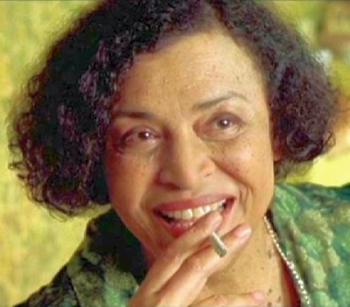
The word hero is clarified as a “person, typically a man, defined for their courage”, and the synonyms were all equally as empowering; lionheart, conqueror, warrior, paladin. The synonyms for “heroine” were less qualifying – winner, woman of courage, brave woman. Author Tara Moss, in her book The Fictional Woman, commented that “We pigeon-hole people into these roles, often without much logic or without much care as to what we are doing.” Moss herself suffered from the backlash of the power of these tropes. A former model, when she began writing novels, she was accused of hiring a ghost writer. As a woman, in the public perception exacerbated by these archetypes, she cannot be more than one thing. She cannot possibly be intelligent if her job is to be pretty for a living.
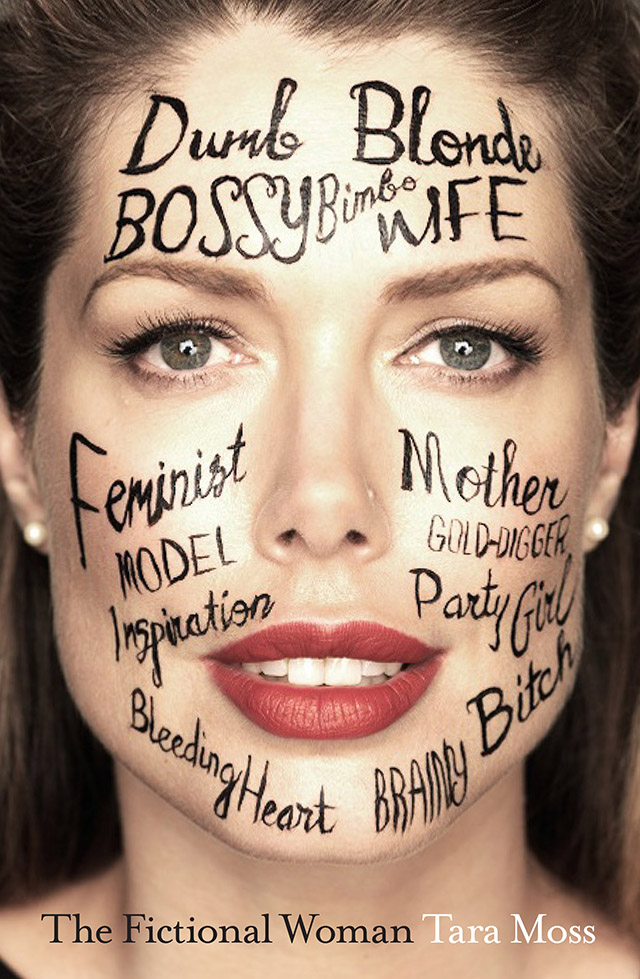
The Big Bang Theory, an incredibly popular show,
is hailed as being a twist on the male representation, because it portrays
nerdy protagonists rather than basic male stock characters. This is ignoring many
other shows that also shun the traditional handsome hero, like Game of
Thrones or Modern Family, as it has now become the norm to have
well-rounded, multi-dimensional male characters. The women, however, are not so
lucky, particularly in The Big Bang Theory. There are three main female
characters on the show; Penny; a romantic interest for Leonard:

Bernadette; a romantic interest for Howard:

...and Amy; a romantic interest for Sheldon:
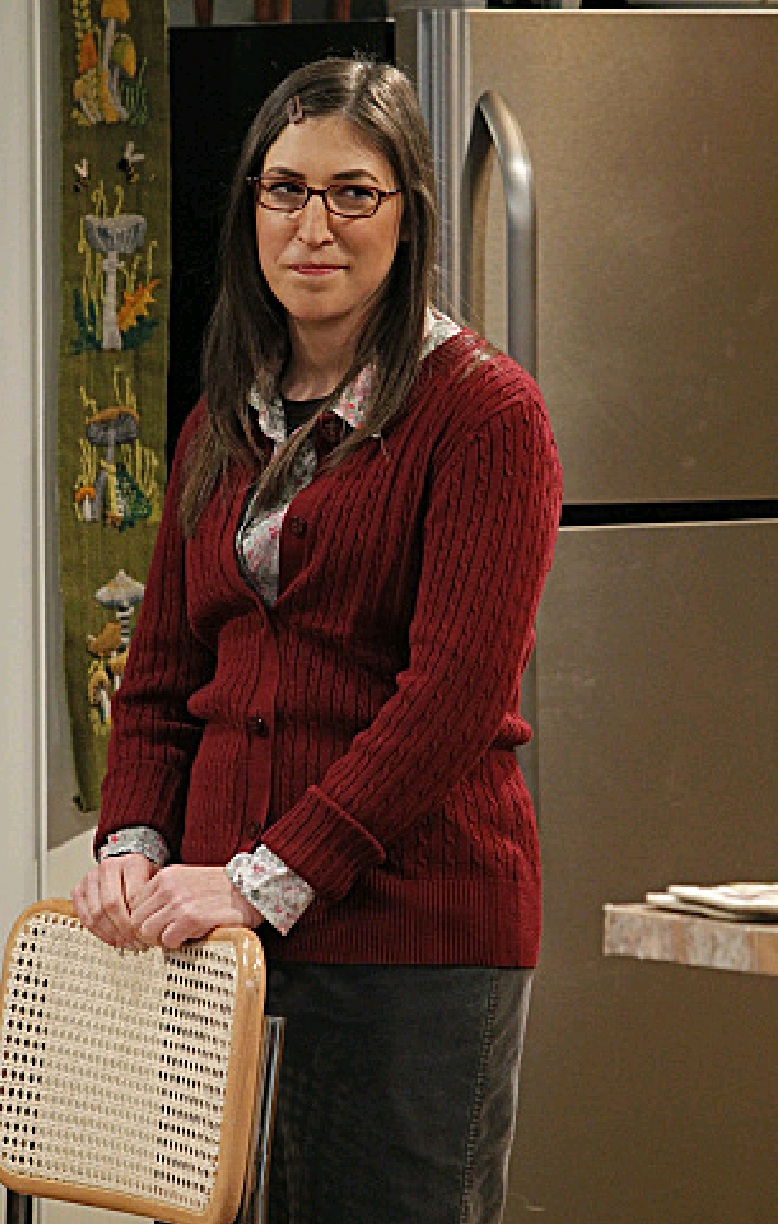
Aside from being obvious side pieces to the male characters, each embodies a particular archetype. Penny; an attractive woman, is the “Whore”, Bernadette; a cutesy, innocent girl, is the “Virgin” and Amy; a nerdy, awkward women is the epitome of the modern “Crone”. The filmmakers exploit textual features such as imagery to make the women’s characters more obvious via their clothing, the colours they wear, the amount of make-up they choose, and the kinds of jobs they have. These characters are so one-dimensional that Bernadette began to show traits of Howard’s mother once they were dating – thereby morphing from the virgin to the crone. An entire episode was dedicated to Howard coming to terms with feeling emasculated due to Bernadette’s success, reinforcing the societal ideation that women shouldn’t aspire to be as good as, or better than, their male counterparts. This is proven time and time again in films such as the James Bond franchise, where women are either femme fatales or damsels in distress, or Fifty Shades of Grey, literally the most popular book this century, surpassing the last Harry Potter book and breaking sales records, which is modelled after another story that exacerbates these outdated archetypes: Twilight.

Bernadette; a romantic interest for Howard:

...and Amy; a romantic interest for Sheldon:

Aside from being obvious side pieces to the male characters, each embodies a particular archetype. Penny; an attractive woman, is the “Whore”, Bernadette; a cutesy, innocent girl, is the “Virgin” and Amy; a nerdy, awkward women is the epitome of the modern “Crone”. The filmmakers exploit textual features such as imagery to make the women’s characters more obvious via their clothing, the colours they wear, the amount of make-up they choose, and the kinds of jobs they have. These characters are so one-dimensional that Bernadette began to show traits of Howard’s mother once they were dating – thereby morphing from the virgin to the crone. An entire episode was dedicated to Howard coming to terms with feeling emasculated due to Bernadette’s success, reinforcing the societal ideation that women shouldn’t aspire to be as good as, or better than, their male counterparts. This is proven time and time again in films such as the James Bond franchise, where women are either femme fatales or damsels in distress, or Fifty Shades of Grey, literally the most popular book this century, surpassing the last Harry Potter book and breaking sales records, which is modelled after another story that exacerbates these outdated archetypes: Twilight.
Bella, Twilight’s tentative protagonist, is completely
helpless without her male protector on standby. The literary device of Bella’s
delicious “scent” as a reason for Edward’s vicious nature associates Bella with
the blame for Edward’s abusive actions, and makes her a permanent victim. While
the series is written from her point of view there is an entire chapter of
blank pages symbolising the months that go by once Edward breaks up with her
and she no longer considers herself a functional person, even putting herself
into danger, just because she imagines Edward will save her – reinforcing the
“damsel in distress” cliché to potentially fatal ends. Stephenie Meyer used intertextuality
to compare her work to that of Shakespeare’s Romeo and Juliet, through both
reference, such as when Edward compares himself to Romeo, or the direct quote
from the play at the very start of the book. Drawing parallels between your
work and one of the most convoluted, tragic love stories of all time, should
not be a selling point. This is a huge problem throughout all four books, as
she is saved over, and over, and over, and over again, providing an expectation
that women will be submissive, obedient and always in need of saving, which is
particularly baffling, as it is still, one of the most popular books for young
girls across the world.
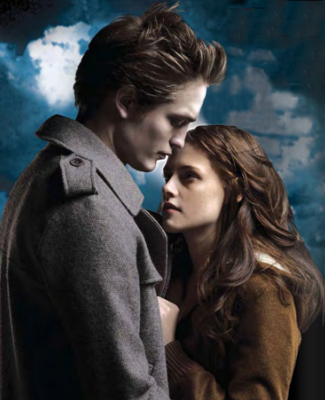


Unfortunately, these ideas are also presenting themselves
in literature that we believe to be positive for women, such as The Hunger
Games. While the first book, and film, set Katniss up as a clear heroine, the
second instalment created a story where despite her presentation as a role
model, she has virtually no impact on the events taking place. All the male
characters scheme without her knowledge, essentially making her a pawn, and the
viewer is supposed to believe she is having some influence on the world around
her, which, upon further inspection, she is not. It is a sad state of affairs
when texts we hold up as feminist are in actuality a rehashed selection of
archetypes where women must be rescued by male characters.

ALSO FUCKING SLEEPY HOLLOW, but don't even get me started on how aggravating female deaths to enhance male character arcs, and LGBTQI deaths in TV are, because that's another post for another time.


ALSO FUCKING SLEEPY HOLLOW, but don't even get me started on how aggravating female deaths to enhance male character arcs, and LGBTQI deaths in TV are, because that's another post for another time.

Fortunately, there are some more recent additions to
popular culture that buck the trend of these archetypes and have been slowly
challenging the discourse of society. The Harry Potter books, the previous
record holder for fastest selling novel in the UK (broken by Fifty Shades) are
excellent examples of women breaking from archetypical roles. Hermione Granger
is neither damsel nor crone, and she definitely isn’t a femme fatale. She is a strong,
complex female character who has more motivations besides impressing the male
protagonist. Across all seven books, Harry appears in awe of Hermione’s
superior abilities, as do nearly all of the adults around her, and it has been
said among the fans that if Hermione was the protagonist, she wouldn’t have
needed seven books. Hermione isn’t the only standalone female character in the
series; I could write entire pages on Ginny Weasley’s remarkable courage in the
face of adversity, and despite the fact that she did end up with Harry, that
wasn’t her entire character arc. Luna Lovegood is so individualistic she has
inspired an entire generation of girls to accept the weird quirks we all
possess. I could go on. Notwithstanding the obvious point that Harry, the main
protagonist, is male, he is surrounded by so many amazing women, that you can
almost guarantee he won’t be the most memorable character.

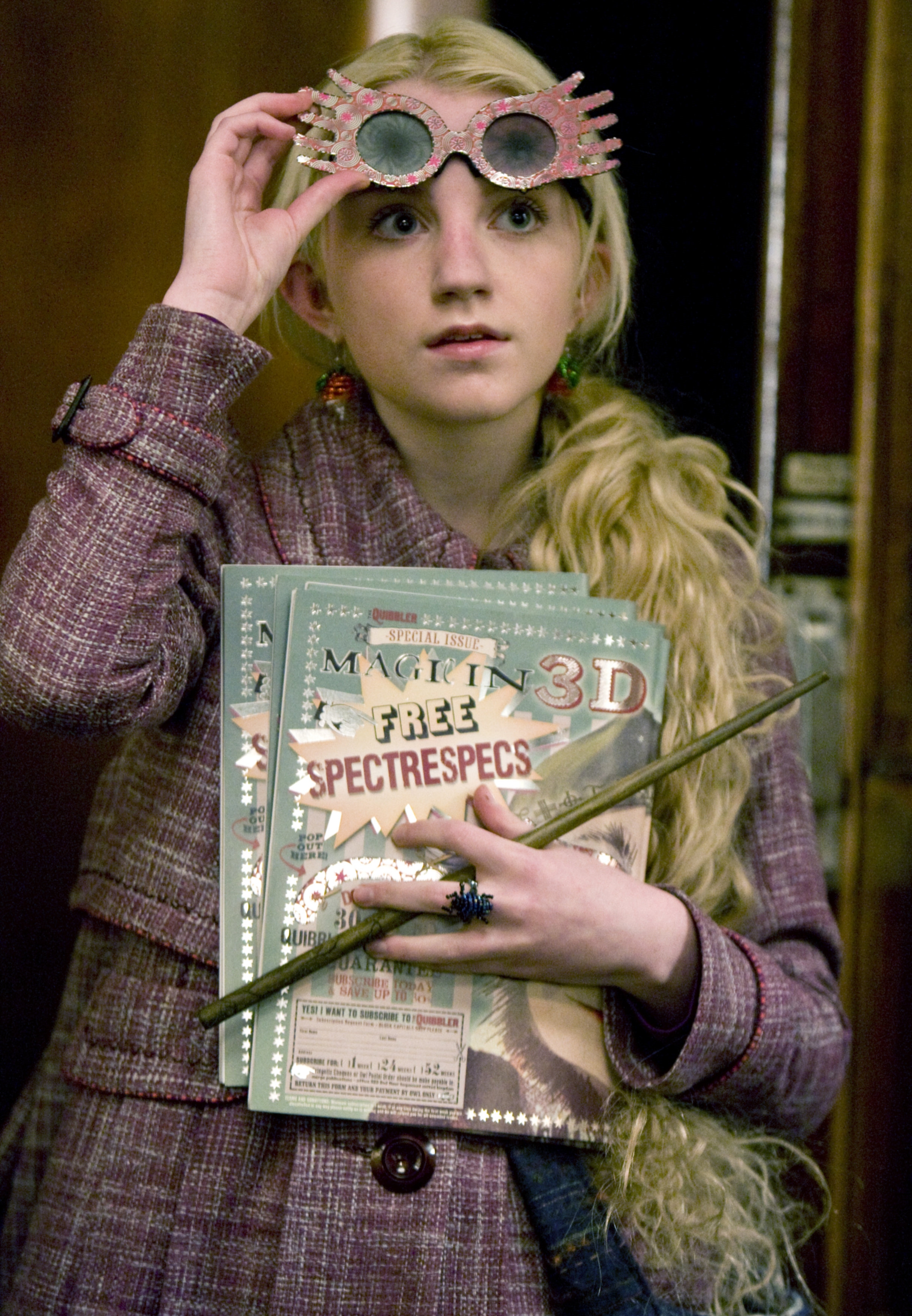
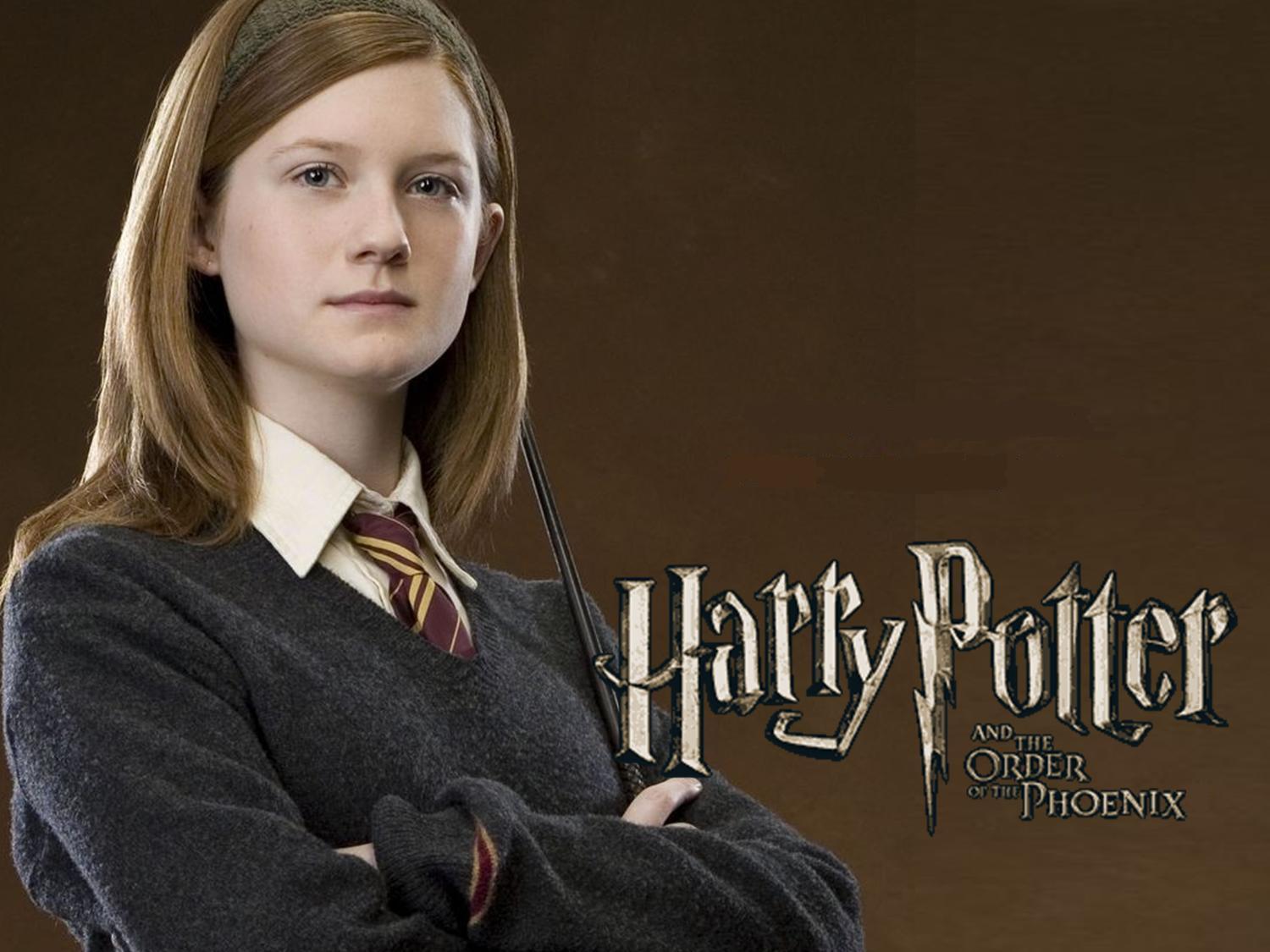
The same goes for The X Files. Dana Scully is by far the best character on the show, and I’m sure I’m not the first person to draw parallels between her and Ginny Weasley; both red-headed, ardently compassionate, perspicacious, headstrong, standalone women. Their significant others – Harry and Mulder, are the supposed “main” characters, but people didn’t watch X Files to see Mulder find aliens. They watched it to see Scully argue with Mulder about their existence, to watch her grow and move forward, and battle harrowing obstacles that Mulder simply could not have beaten. They watched it to see her stumble and fall and just keep getting up despite everything that was thrown at her. If it had been a series about Mulder waltzing through towns declaring aliens uncontested, it would not have run for nine seasons. Also, Gillian Anderson has become something of a lesbian icon in recent years, and I am definitely not complaining.

The Skulduggery Pleasant series has similarly broken the
barrier of stock characters, not only by not making Valkyrie a typical side-arm
to Skulduggery, but by making her fail.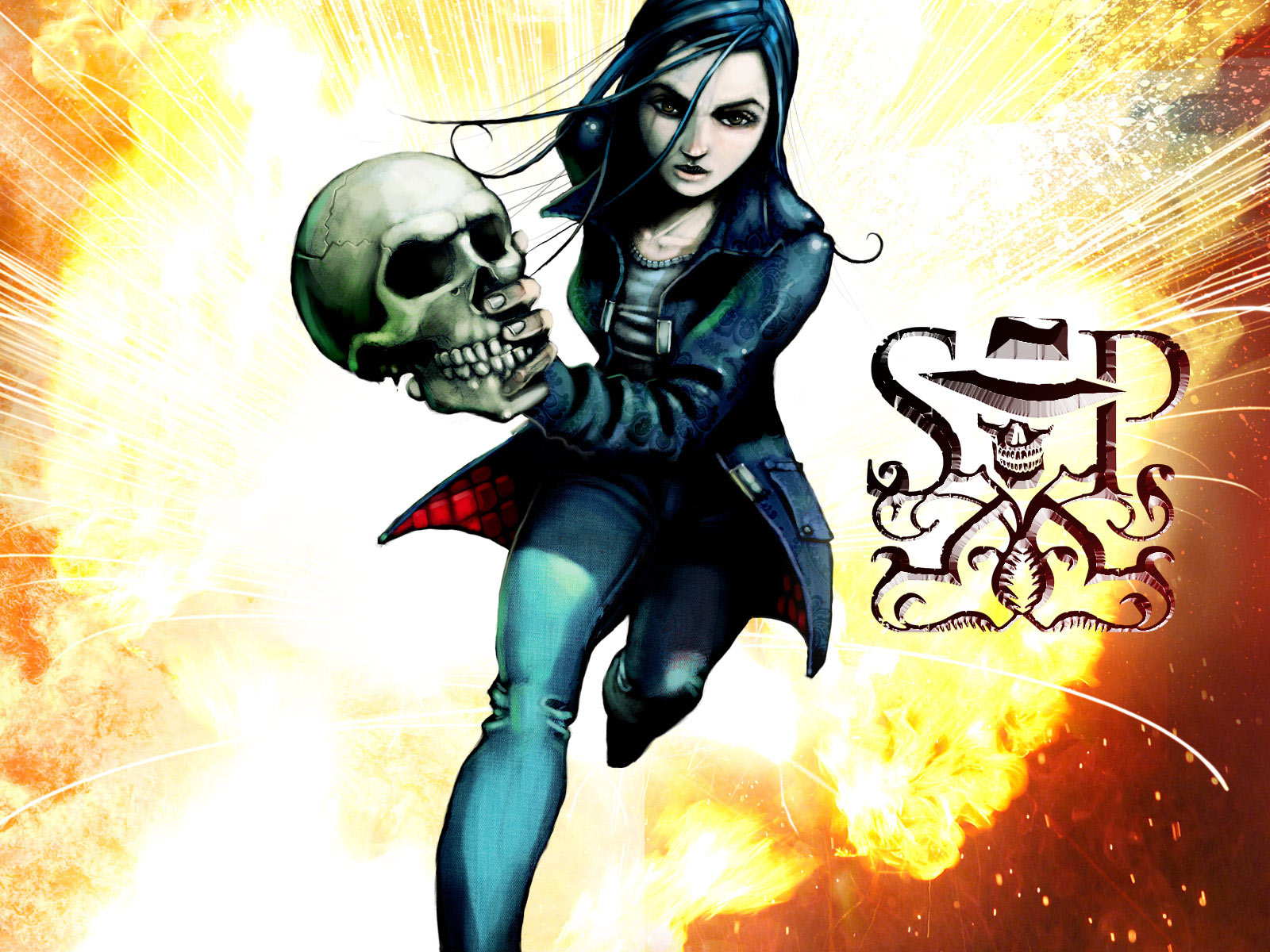 Damsels in distress only fail because
there will always be a saviour; that is their base function. Femme fatales only
failure is against the handsome male counterpart, and crones don’t tend to be
in a position to noticeably fail, unless it furthers the hero’s arc. When
Valkyrie fails, she does it on her own, and she deals with it alone, unless one
of the other female characters steps up; like Tanith, a sword wielding troll
killer, who only becomes more powerful as the story progresses. Or China
Sorrows, who, aside from having a splendid name, is the hub of information
through the series, has untold power, and has her own character arc, which is
possibly more compelling than the main storyline.
Damsels in distress only fail because
there will always be a saviour; that is their base function. Femme fatales only
failure is against the handsome male counterpart, and crones don’t tend to be
in a position to noticeably fail, unless it furthers the hero’s arc. When
Valkyrie fails, she does it on her own, and she deals with it alone, unless one
of the other female characters steps up; like Tanith, a sword wielding troll
killer, who only becomes more powerful as the story progresses. Or China
Sorrows, who, aside from having a splendid name, is the hub of information
through the series, has untold power, and has her own character arc, which is
possibly more compelling than the main storyline.

 Damsels in distress only fail because
there will always be a saviour; that is their base function. Femme fatales only
failure is against the handsome male counterpart, and crones don’t tend to be
in a position to noticeably fail, unless it furthers the hero’s arc. When
Valkyrie fails, she does it on her own, and she deals with it alone, unless one
of the other female characters steps up; like Tanith, a sword wielding troll
killer, who only becomes more powerful as the story progresses. Or China
Sorrows, who, aside from having a splendid name, is the hub of information
through the series, has untold power, and has her own character arc, which is
possibly more compelling than the main storyline.
Damsels in distress only fail because
there will always be a saviour; that is their base function. Femme fatales only
failure is against the handsome male counterpart, and crones don’t tend to be
in a position to noticeably fail, unless it furthers the hero’s arc. When
Valkyrie fails, she does it on her own, and she deals with it alone, unless one
of the other female characters steps up; like Tanith, a sword wielding troll
killer, who only becomes more powerful as the story progresses. Or China
Sorrows, who, aside from having a splendid name, is the hub of information
through the series, has untold power, and has her own character arc, which is
possibly more compelling than the main storyline.
These women define a new form of archetype; not a “strong
woman”; no that would just be creating a list of four one dimensional
characters defined by a singular trait. No, not strong – complex. Complex women
acknowledged in contemporary society, changing the discourse that has existed
in one form for so long. Because if this way continues, we will remain a
society that has fifty synonyms for hero and only ten for heroine.


Movie of the Week: GUARDIANS OF THE GALAXY VOL. 2
GO AND WATCH IT. GOD, IT"S JUST SO GOOOOOOOD!!!
Book of the Week: American Gods - Neil Gaiman
I have loved this book for ages, but it recently got made into a TV series starring a LOT of people I love, and I decided to reread it. It TOTALLY holds up. It's really good guys, I swear.
Photo of the Week:

Taken at the beach when I tried to brush my hair out of my face and Grandma took this incredible action shot where I look like I'm really feeling my oats. I look ridiculous, but I love it.
Positivity Goal of the Week: Don't let other people's ridiculous drama get you down.
I have been struggling for weeks... wow, nearly months with family drama, and it's really messed with my head and my mental health and so I am resolved to try and just move past it and focus on my own stuff. I'm not sure how successful I will be, because it's sort of still going on, but I will try.
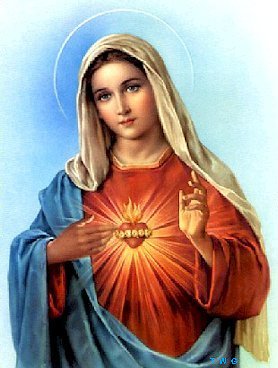
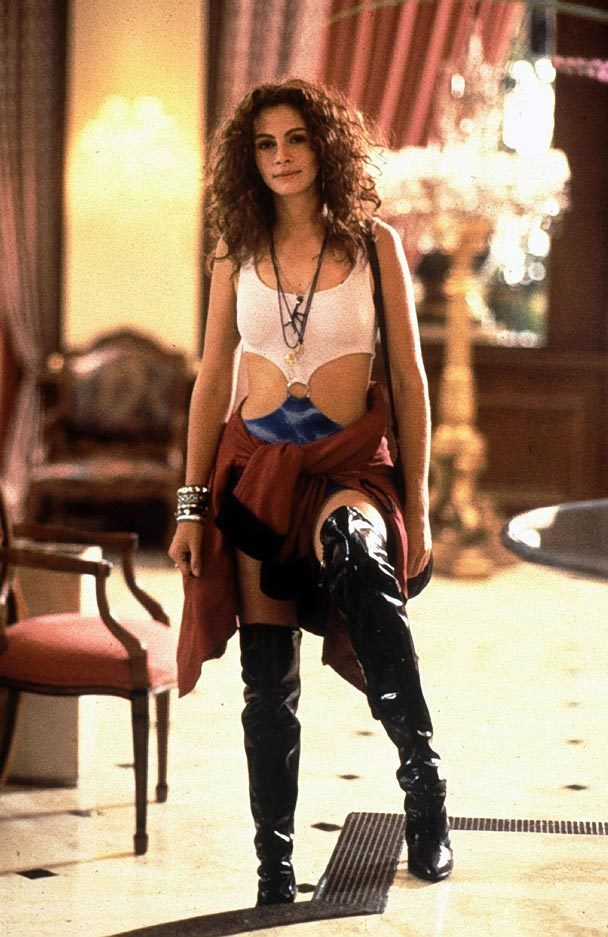
.jpg)
Comments
Post a Comment